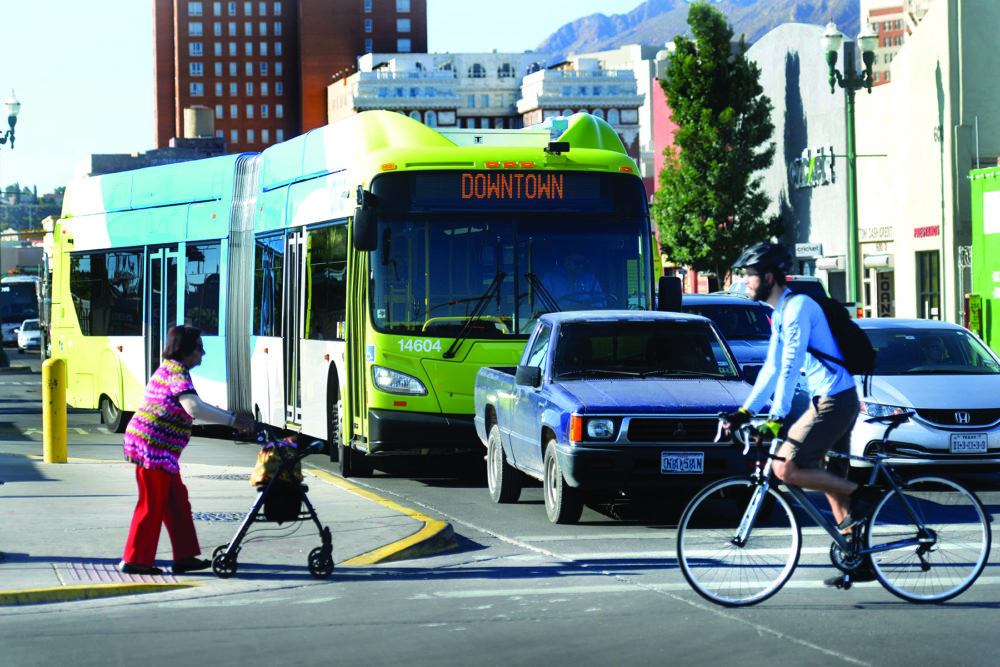Target Speeds — All Users Action Plan
Description
Design new roadways for a target speed appropriate for the adjacent environment and safety of all users rather than for a design speed intended to maximize motor vehicle speeds.
Steps For Implementation
- Design pilot urban arterials with target speeds of 35 mph or less, pilot local streets with target speeds of 30 mph or less, and pilot neighborhood streets with target speeds of 20 mph, according to National Association of City Transportation Officials and American Association of State Highway and Transportation Officials guidance.
(Participating organizations: local jurisdictions) - Implement design changes on local and neighborhood streets using interim, low-cost street redesign strategies to achieve safe vehicle operating speeds.
(Participating organizations: local jurisdictions) - Monitor vehicle speeds before and after implementation of interim design changes.
(Participating organizations: local jurisdictions) - Integrate safe target speeds into street hierarchy and design manuals, such that all new street construction and retrofits incorporate the benefits of pedestrian-compatible target speed design.
(Participating organizations: local jurisdictions) - Study costs and benefits of pedestrian-compatible target speed implementations across the state.
(Participating organizations: TxDOT and various research institutions)
Participating Organizations
See above for each step.
Effectiveness
*****
Cost to Implement
$$$$$
Time to Implement
Short
Medium
Long
Barriers
- Misperception that congestion or commuter delay is a bigger problem than crashes when crashes in fact impose a much higher cost on Texans. (References: Farm and City and U.S. Department of Transportation.)
- Public perception of the need for speed and lack of understanding of how safe, multimodal streets can provide greater access, shorter trips, and even quicker vehicle trips when crashes are avoided.
- Institutional inertia, which will require leadership, taking concerns seriously, and working through issues, to allow the possibility of arriving at results that may seem heretical to many dedicated professionals at various levels of the transportation system.
- Lack of local experience with pedestrian-compatible operating speeds—in terms of users, decision makers, and practitioners.
- Interpretations of the 85th percentile rule, which some might perceive conflicts with Texas laws. Texas law bars cities from using 20-mph speed limits on neighborhood streets. Sec. 545.356 of the Transportation Code requires difficult reporting requirements that some cities say are impossible to meet and thus are seen as a limiting factor for establishing 25-mph speed limits, which this section is intended to allow. Some cities believe that target and design speeds cannot be set lower than the speed limit, essentially creating a de facto lower limit on the safety of designs at the 30-mph design speed.
- Reasonable interpretations of this sentence from the TxDOT Procedures for Establishing Speed Zones: “New or reconstructed roadways (and roadway sections) should be designed to accommodate operating speeds consistent with the roadway’s highest anticipated posted speed limit based on the roadway’s initial or ultimate function.”
